Books written by John W. Milnor.
Milnor won the Fields Medal in 1962 for proving that a 7-dimensional sphere can have several differential structures, which led to the creation of the field of differential topology. He won the Abel Prize in 2011 for pioneering discoveries in topology, geometry, and algebra.
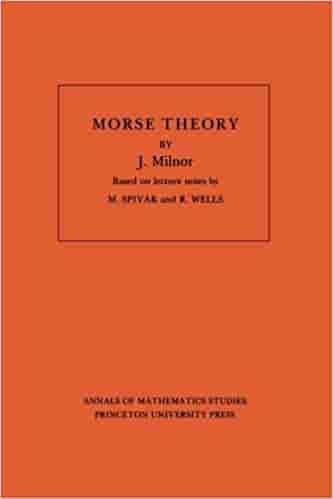
Morse Theory
One of the most cited books in mathematics, John Milnor's exposition of Morse theory has been the most important book on the subject for more than forty years. Morse theory was developed in the 1920s by mathematician Marston Morse. (Morse was on the faculty of the Institute for Advanced Study, and Princeton published his Topological Methods in the Theory of Functions of a Complex Variable in the Annals of Mathematics Studies series in 1947.)
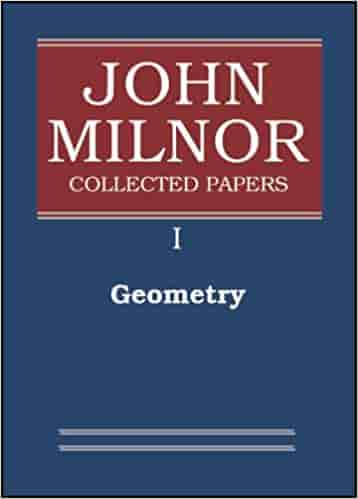
John Milnor Collected Papers, Volume 1: Geometry
This volume contains papers on geometry of one of the best modern geometers and topologists, John Milnor. This book covers a wide variety of topics and includes several previously unpublished works. It is delightful reading for any mathematician with an interest in geometry and topology and for any person with an interest in mathematics.
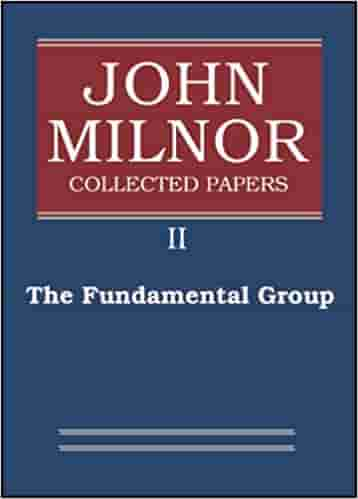
John Milnor Collected Papers, Volume II: The Fundamental Group
The volume contains sixteen papers and is partitioned into four parts: Knot theory, Free action on spheres, Torsion, and Three-dimensional manifolds.
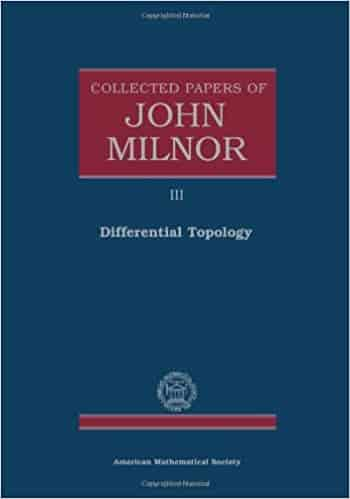
Collected Papers of John Milnor, Volume III: Differential Topology
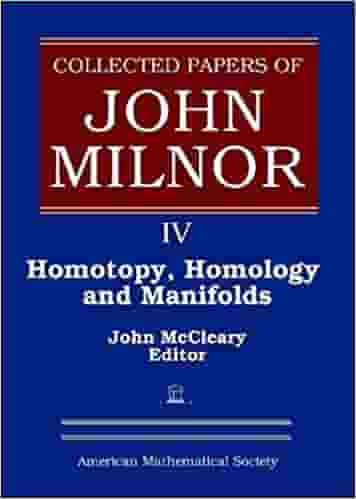
Collected Papers of John Milnor, Volume IV: Homotopy, Homology and Manifolds
The book is divided into four parts: Homotopy Theory, Homology and Cohomology, Manifolds, and Expository Papers. Introductions to each part provide some historical context and subsequent development.
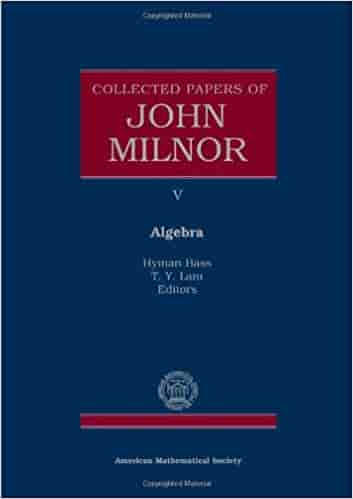
Collected Papers of John Milnor, Volume V: Algebra
These papers, together with other (some of them previously unpublished) works in algebra are assembled here in this fifth volume of Milnor's Collected Papers. They constitute not only an important historical archive, but also, thanks to the clarity and elegance of Milnor's mathematical exposition, a valuable resource for work in the fields treated.
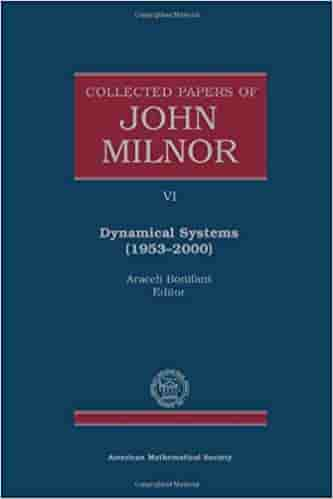
Collected Papers of John Milnor, Volume VI: Dynamical Systems
Contains all of Milnor's work on Real and Complex Dynamics from 1953 to 1999, plus one paper from 2000. These papers provide important and fundamental material in real and complex dynamical systems.
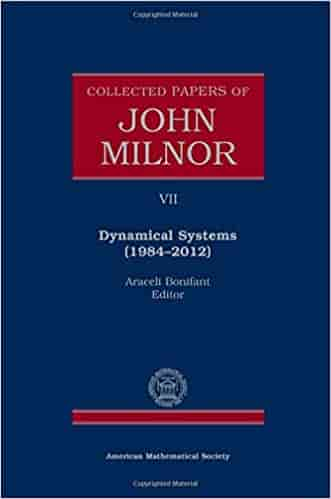
Collected Papers of John Milnor, Volume VII: Dynamical Systems
Together with the preceding Volume VI, it contains all of Milnor's papers in dynamics, through the year 2012. Most of the papers are in holomorphic dynamics; however, there are two in real dynamics and one on cellular automata.
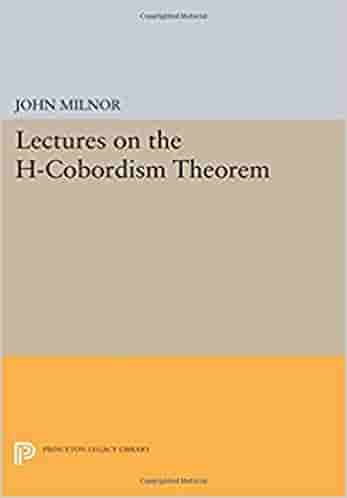
Lectures on the H-Cobordism Theorem
These are notes for Lectures of John Milnor that were given as a seminar on differential topology in October and November, 1963 Princeton University.
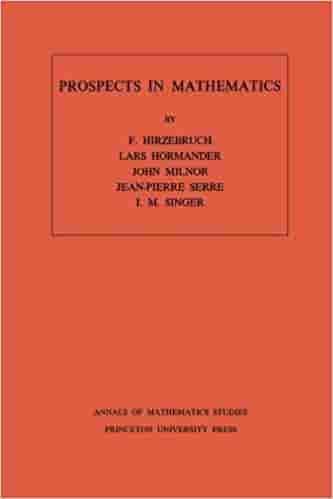
Prospects in Mathematics
Five papers by distinguished American and European mathematicians describe some current trends in mathematics in the perspective of the recent past and in terms of expectations for the future.
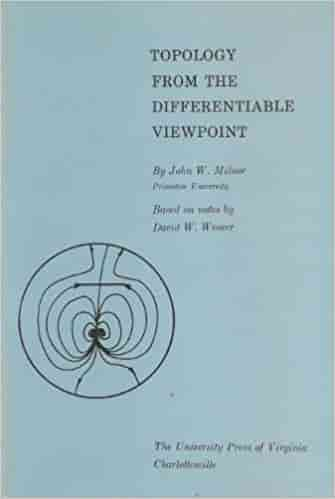
Topology from the Differentiable Viewpoint
Beginning with basic concepts such as diffeomorphisms and smooth manifolds, Milnor goes on to examine tangent spaces, oriented manifolds, and vector fields. Key concepts such as homotopy, the index number of a map, and the Pontryagin construction are discussed.
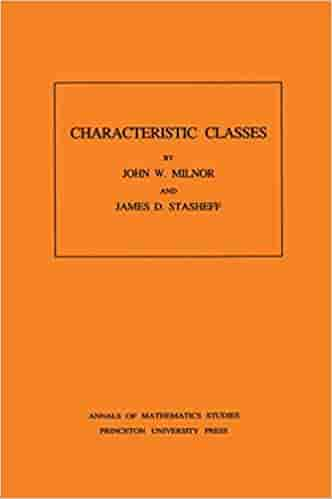
Characteristic Classes
The theory of characteristic classes provides a meeting ground for the various disciplines of differential topology, differential and algebraic geometry, cohomology, and fiber bundle theory. As such, it is a fundamental and an essential tool in the study of differentiable manifolds.
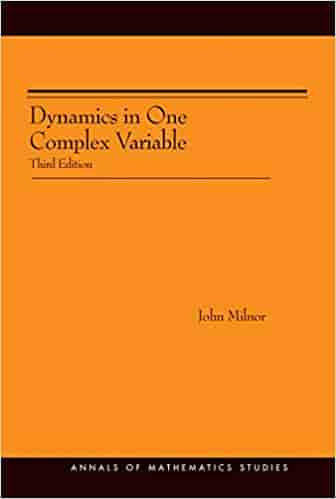
Dynamics in One Complex Variable
This volume studies the dynamics of iterated holomorphic mappings from a Riemann surface to itself, concentrating on the classical case of rational maps of the Riemann sphere. This subject is large and rapidly growing. These lectures are intended to introduce some key ideas in the field, and to form a basis for further study.
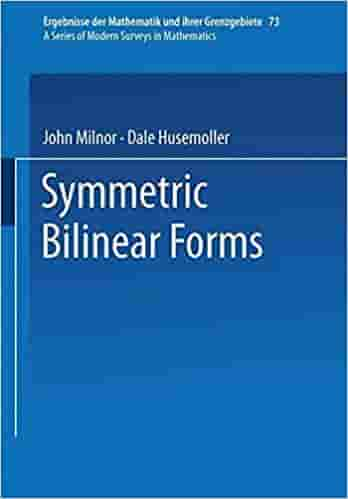
Symmetric Bilinear Forms
The theory cf quadratic forms and the intimately related theory of sym- metrie bilinear forms have a lang and rich his tory, highlighted by the work of Legendre, Gauss, Minkowski, and Hasse.
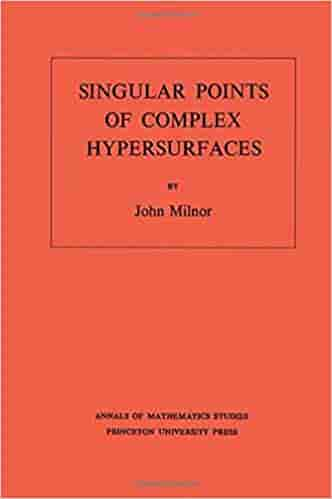
Singular Points of Complex Hypersurfaces
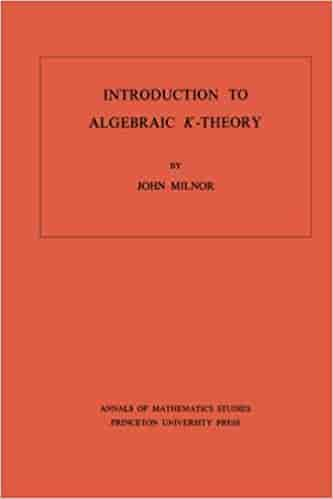
Introduction to Algebraic K-Theory
Algebraic K-theory describes a branch of algebra that centers about two functors. K0 and K1, which assign to each associative ring ∧ an abelian group K0∧ or K1∧ respectively. Professor Milnor sets out, in the present work, to define and study an analogous functor K2, also from associative rings to abelian groups.